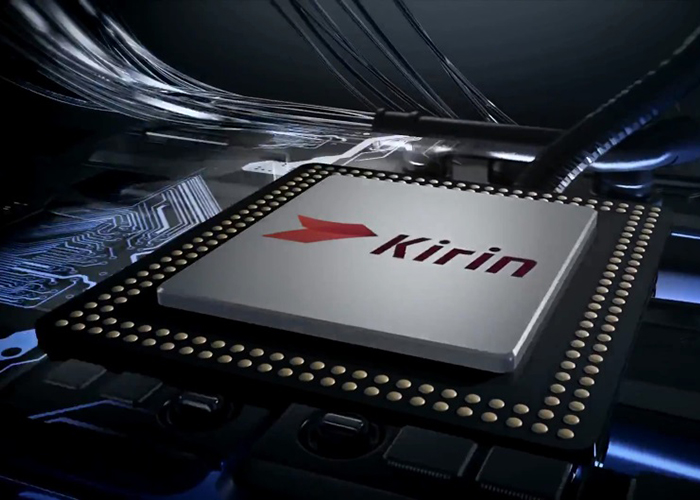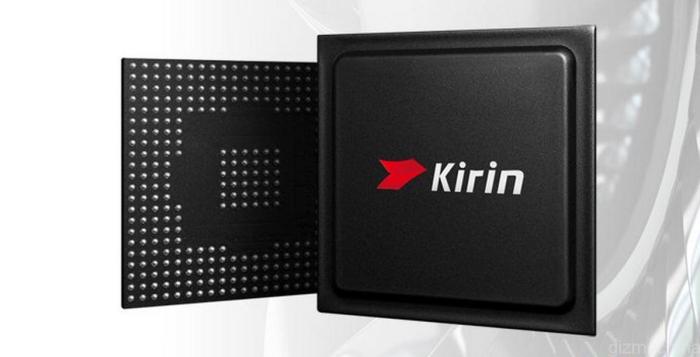Huawei Rumored to Be Working on Kirin OS: A New Era for Mobile? It’s a question that has been buzzing around the tech world for a while now. With the US sanctions putting a damper on Huawei’s access to Google’s Android, the Chinese tech giant has been forced to explore alternative options. Enter Kirin OS, a potential proprietary operating system that could revolutionize the mobile landscape. But is this just a rumor, or is Huawei really cooking up something big?
Huawei’s history with Kirin processors is a testament to its ambition. The company has been developing its own chipsets since 2012, and the Kirin series has powered some of the most impressive smartphones in the world. But with the US sanctions, Huawei’s access to these processors has been severely restricted. This has pushed the company to consider a bold move: creating its own operating system.
Huawei’s History with Kirin Processors
Huawei’s journey with Kirin processors is a fascinating story of innovation, ambition, and resilience. From its initial foray into the world of mobile chips to its ambitious pursuit of self-reliance, Huawei’s Kirin processors have played a pivotal role in shaping the company’s smartphone business.
The Rise of Kirin Processors
Huawei’s foray into the mobile processor market began in 2011 with the launch of the K3V1 processor, marking the birth of the Kirin series. These processors were initially designed to power Huawei’s own smartphones and tablets, aiming to reduce reliance on third-party chipmakers. The early Kirin processors were modest in performance, but Huawei consistently invested in research and development, pushing the boundaries of chip technology.
Impact on Huawei’s Smartphone Business
The introduction of Kirin processors significantly impacted Huawei’s smartphone business. The processors provided Huawei with greater control over its hardware and software integration, enabling the company to optimize performance and deliver unique user experiences. This led to a surge in Huawei’s smartphone sales, particularly in emerging markets where its devices offered compelling value for money.
Challenges from US Sanctions
In 2019, the US government imposed sanctions on Huawei, restricting the company’s access to critical technologies, including advanced chip manufacturing. This posed a major challenge for Huawei’s Kirin processors, as they relied heavily on US-made components and manufacturing facilities. The sanctions effectively halted the production of Kirin processors, forcing Huawei to explore alternative solutions.
Potential Features and Capabilities of Kirin OS
The emergence of Kirin OS presents a compelling opportunity for Huawei to establish a distinct mobile operating system with unique features and capabilities. While the exact details remain shrouded in secrecy, speculation and analysis suggest that Kirin OS could potentially leverage Huawei’s existing strengths and expertise to offer a compelling alternative to Android and iOS.
Key Features and Capabilities
Kirin OS is expected to incorporate several key features and capabilities that could differentiate it from existing operating systems. These features are likely to focus on enhancing user experience, security, privacy, and integration with Huawei’s ecosystem of products and services.
- Enhanced Security and Privacy: Kirin OS could prioritize user security and privacy by implementing robust security measures, such as advanced encryption protocols, secure boot processes, and granular control over data access. This could be achieved through the integration of Huawei’s proprietary security technologies and partnerships with leading cybersecurity firms.
- Seamless Ecosystem Integration: Kirin OS is likely to be tightly integrated with Huawei’s existing ecosystem of devices, services, and applications. This could enable seamless data sharing, cross-device functionality, and enhanced user experiences across various Huawei products, such as smartphones, tablets, laptops, and wearables.
- AI-Powered Features: Huawei’s expertise in artificial intelligence (AI) could be leveraged to power various features within Kirin OS, including personalized recommendations, intelligent assistants, and advanced image and speech recognition capabilities. This could provide users with a more intuitive and personalized mobile experience.
- Optimized Performance and Efficiency: Kirin OS could be designed to optimize performance and efficiency for Huawei’s own Kirin processors, potentially delivering smoother multitasking, faster app launches, and longer battery life compared to other operating systems.
Comparison with Android and iOS, Huawei rumored to be working on kirin os
While Kirin OS is likely to draw inspiration from existing operating systems, it could also introduce unique features and capabilities that distinguish it from Android and iOS.
- Openness and Customization: Kirin OS could offer a more open and customizable platform compared to iOS, allowing users to personalize their experience and install third-party apps more freely. This could be achieved by adopting an open-source model or by providing developers with more flexibility in accessing system APIs.
- Integration with Huawei Services: Kirin OS could be tightly integrated with Huawei’s suite of services, such as Huawei Mobile Services (HMS), providing users with a more seamless and unified experience. This could be in contrast to Android, where Google services are deeply integrated, and iOS, which is heavily reliant on Apple’s ecosystem.
- Performance and Efficiency: Kirin OS could be optimized for Huawei’s own Kirin processors, potentially offering better performance and efficiency compared to Android and iOS. This could be particularly beneficial for users who prioritize smooth multitasking, fast app launches, and longer battery life.
Hypothetical User Interface Design
The user interface (UI) design of Kirin OS is likely to be a key factor in its success. Considering its potential target audience and market positioning, Kirin OS could adopt a UI that is both familiar and innovative.
“The UI should be intuitive and easy to use, while also offering a unique and visually appealing experience.”
- Clean and Minimalist Design: Kirin OS could feature a clean and minimalist UI with a focus on simplicity and ease of use. This could appeal to a wide range of users, including those who are new to smartphones or those who prefer a less cluttered interface.
- Personalized Customization: Users should be able to personalize their UI through themes, widgets, and other customization options. This could allow users to tailor their experience to their individual preferences and needs.
- Intuitive Navigation: Navigation within Kirin OS should be intuitive and consistent across different apps and features. This could involve the use of gestures, swipe actions, and other intuitive navigation methods.
- Focus on AI and Machine Learning: AI and machine learning could be incorporated into the UI to provide personalized recommendations, intelligent search, and other features that enhance the user experience.
Potential Impact on the Technology Industry: Huawei Rumored To Be Working On Kirin Os
The emergence of Kirin OS could shake up the mobile operating system landscape, potentially creating a new competitor to Android and iOS. This development could lead to significant changes in the technology industry, impacting the dynamics of innovation, competition, and user choice.
Potential for Innovation and Competition
A new operating system, like Kirin OS, can bring a fresh perspective and potentially introduce innovative features and functionalities. This could drive competition and encourage existing players like Google and Apple to improve their offerings. The presence of a third major player in the mobile operating system market could foster a more dynamic and competitive environment, potentially leading to:
- Faster development cycles and quicker adoption of new technologies.
- More diverse and user-centric features and functionalities.
- Improved security and privacy measures.
The potential impact of Kirin OS is undeniable. If successful, it could reshape the mobile operating system landscape, challenging the dominance of Android and iOS. However, Huawei faces significant challenges in bringing Kirin OS to life. The success of this endeavor hinges on the company’s ability to overcome technical hurdles, secure market acceptance, and navigate the fierce competition in the mobile world. The future of Kirin OS remains shrouded in mystery, but one thing is clear: the stakes are high, and the world is watching.
Huawei’s rumored development of Kirin OS is a bold move, aiming to create an independent mobile ecosystem. This comes at a time when trust in technology is being tested, with 33 of Americans claiming they will not consider a self-driving car. Whether Kirin OS can gain traction remains to be seen, but it highlights the growing desire for control and transparency in the digital world.
 Standi Techno News
Standi Techno News

